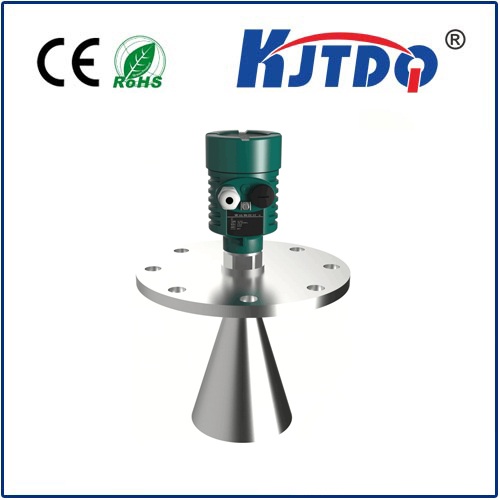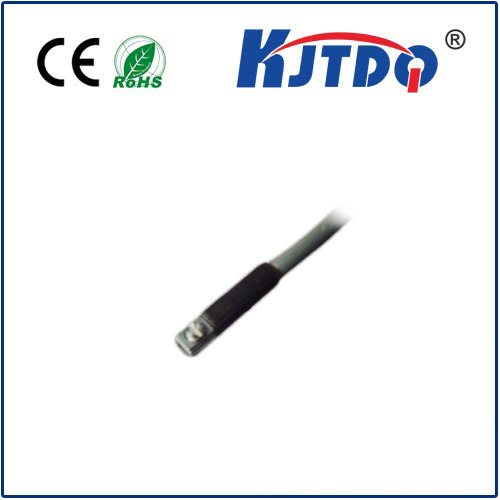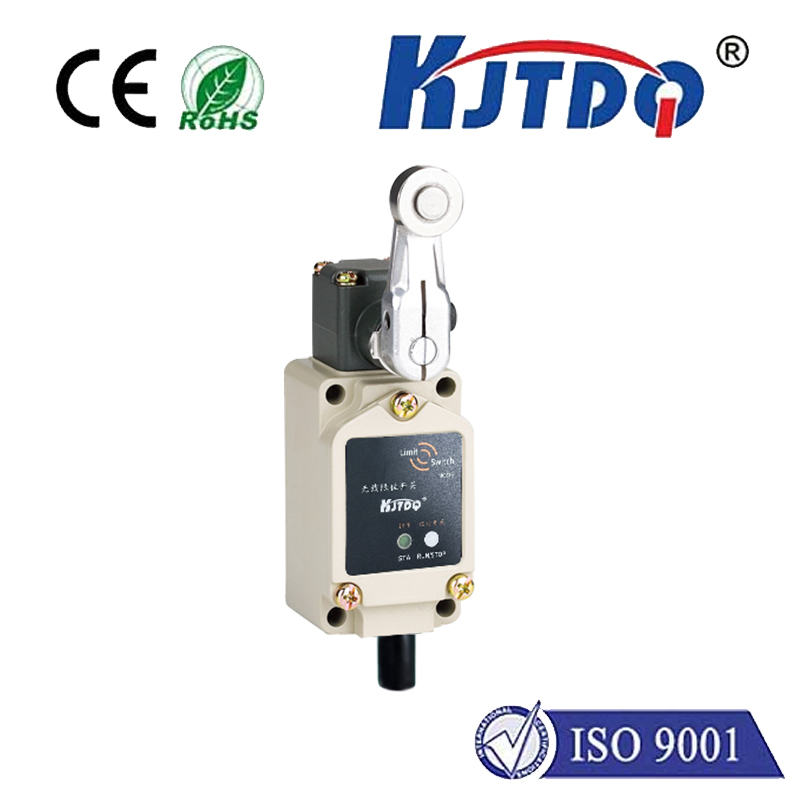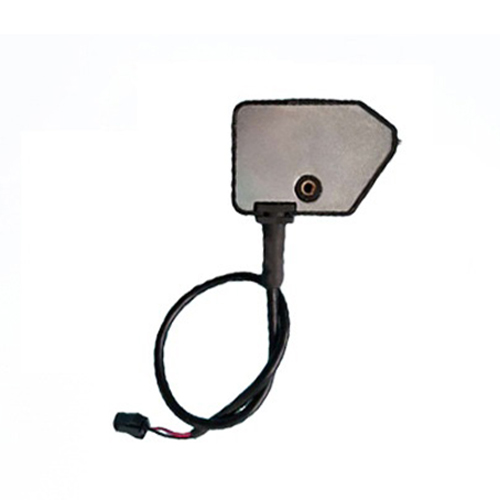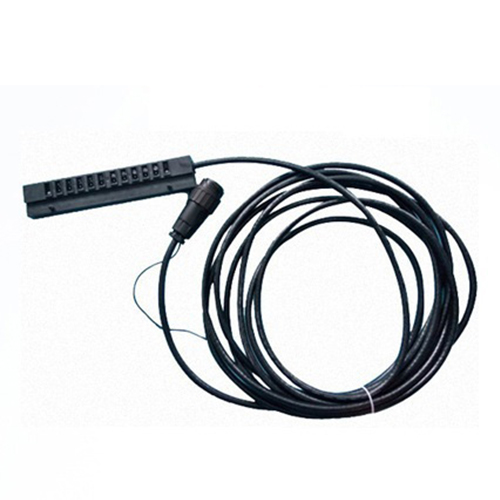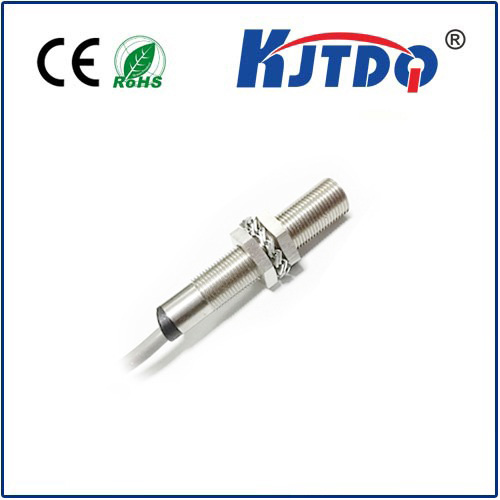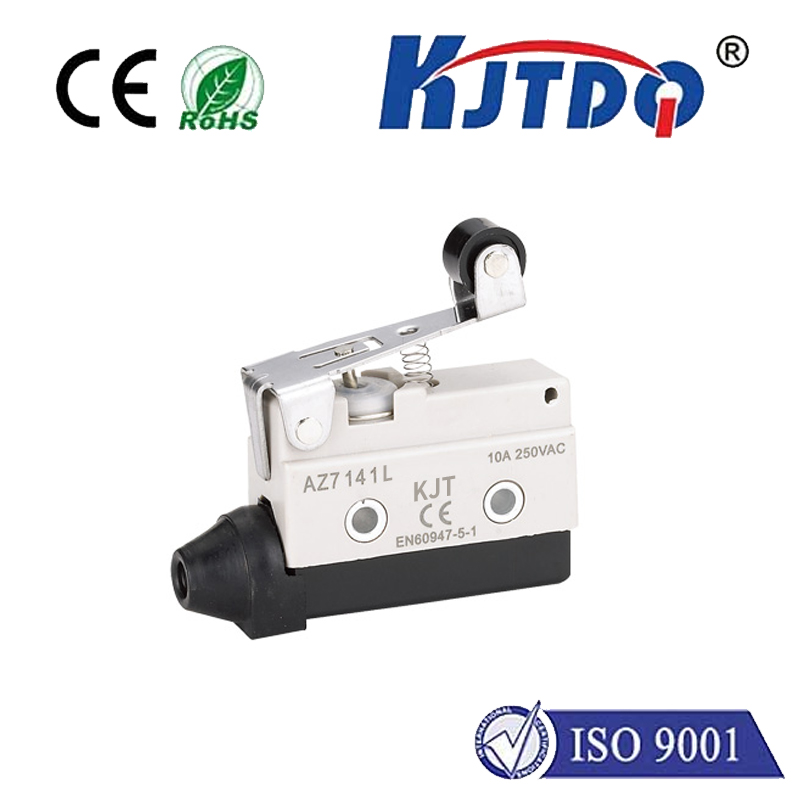Ever wonder how your phone screen magically dims during a call? Or how factory robots avoid collisions? Or how cars park themselves with such eerie precision? The unsung hero enabling these feats is often a tiny device: the датчик приближения. But its true power lies not just in detecting presence, but in precisely measuring distance. Understanding proximity sensor distance measurement unlocks a world of smarter automation, enhanced safety, and innovative user interfaces. This article dives deep into the technologies and principles that allow these sensors to gauge “how far” with remarkable accuracy.
What are Proximity Sensors, Really?
At their core, proximity sensors detect the existence of an object within a defined range without physical contact. While basic versions simply provide a binary “near/far” output, advanced sensors go a crucial step further: they quantify the exact distance to the target. This capability transforms them from simple switches into sophisticated measurement tools. Distance measurement elevates proximity sensing from reactive to predictive and interactive. Key application areas demanding precise distance data include:
How Proximity Sensors Measure Distance: The Core Principles
Different sensor technologies employ distinct physical principles to translate the gap between the sensor and the target into a measurable signal. Here’s a look at the most common methods for proximity sensor distance measurement:
Time-of-Flight (ToF): This principle operates like sonar or radar. The sensor emits a signal – often infrared light (IR ToF), ultrasonic sound waves, or even laser light (LiDAR) – towards the target. The sensor then meticulously measures the time it takes for the emitted signal to travel to the object and bounce back to the sensor. Since the speed of the signal (light or sound) in the medium (usually air) is known, the distance (d) is calculated as d = (c * t) / 2, where c is the speed and t is the measured time. ToF sensors excel at measuring longer ranges (centimeters to meters) with good accuracy and are less sensitive to target material and color. They are widely used in automotive and industrial settings.
Triangulation: Primarily used in optical sensors (especially infrared), triangulation relies on geometry. The sensor has an emitter (IR LED) and a detector (position-sensitive device or PSD). The emitter projects a focused spot of light onto the target. As the target distance changes, the reflected light spot hits the PSD at a different angle. The sensor calculates the distance based on the known baseline between the emitter and detector and the detected angle of the reflected beam. Triangulation sensors offer very high precision at shorter ranges (millimeters to centimeters), making them ideal for precise positioning tasks on assembly lines.
Intensity Measurement (Reflective Sensors): Simpler optical and ultrasonic sensors often rely on measuring the intensity of the reflected signal. The underlying assumption is that an object closer to the sensor will reflect a stronger signal than one farther away. A photodetector measures the intensity of the returned infrared light, or a receiver measures the amplitude of the returned ultrasonic echo. While cost-effective and simple, this method is highly susceptible to errors caused by variations in the target’s reflectivity (color, material, surface finish) or environmental conditions (ambient light for optical, humidity/temperature for ultrasonic). It’s typically used for shorter ranges and less critical presence detection rather than high-accuracy distance measurement.
Capacitive Sensing: These sensors detect changes in an electrical field. The sensor creates an electrostatic field. When a conductive (or sometimes non-conductive) object enters this field, it alters the capacitance. While primarily known for detecting presence and touch, some advanced capacitive sensors can correlate the degree of capacitance change to distance, providing analog output proportional to proximity. They are excellent for detecting non-metallic objects through barriers but generally offer less precision and shorter range for true distance quantification compared to ToF or triangulation.
Factors Influencing Distance Measurement Accuracy
Achieving reliable proximity sensor distance measurement isn’t just about choosing the right technology; several critical factors impact performance:
Choosing the Right Sensor for Precise Distance
Selecting the optimal technology for proximity sensor distance measurement requires careful consideration:
Ultrasonic sensors offer good all-round performance for non-reflective objects across various ranges and are tolerant to dust/humidity. IR ToF sensors provide faster, more precise readings for longer ranges than traditional IR reflection, handling diverse targets well. Laser ToF (LiDAR) delivers the highest precision and longest ranges but at a higher cost. Triangulation sensors reign supreme for short-range, high-precision tasks. Capacitive sensors are unique for detecting non-metallics and operate through barriers.
The Future is Measured and Precise
Proximity sensor distance measurement is far more than a binary switch. It’s a sophisticated capability enabling machines to perceive and interact intelligently with their physical surroundings. From ensuring robots move safely alongside humans to providing intuitive touchless controls and enabling next-generation automation, the precise quantification of distance is foundational. As sensor technologies continue to evolve – becoming smaller, smarter, more efficient, and more integrated – the accuracy and versatility of distance measurement will only expand, opening doors to innovations we are only beginning to imagine. Understanding the principles and trade-offs behind these tiny marvels is key to harnessing their full potential in building smarter, safer, and more responsive systems.
